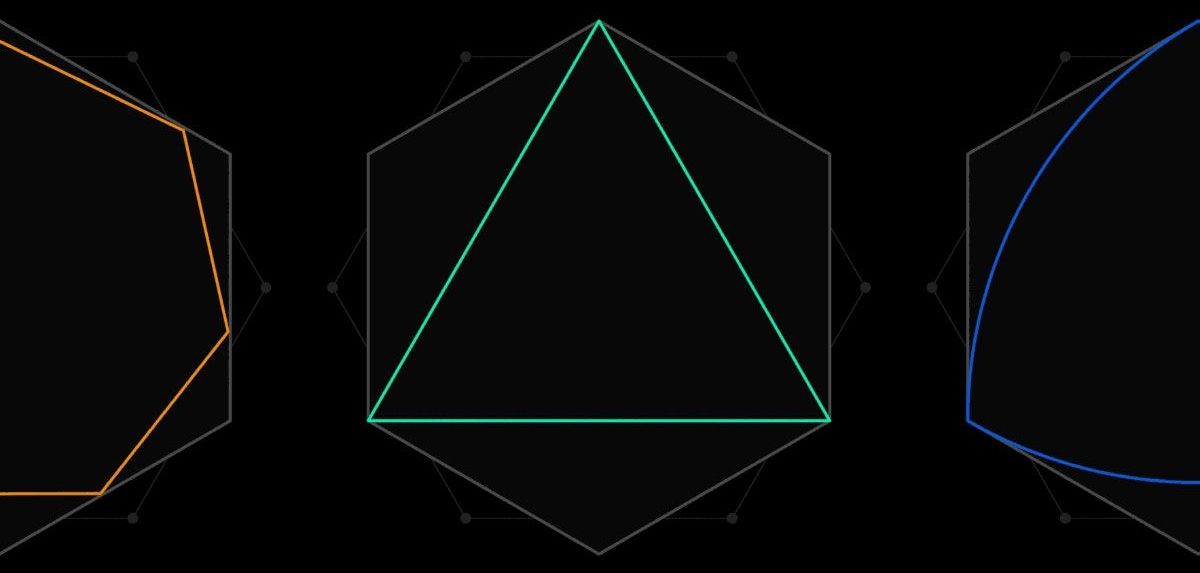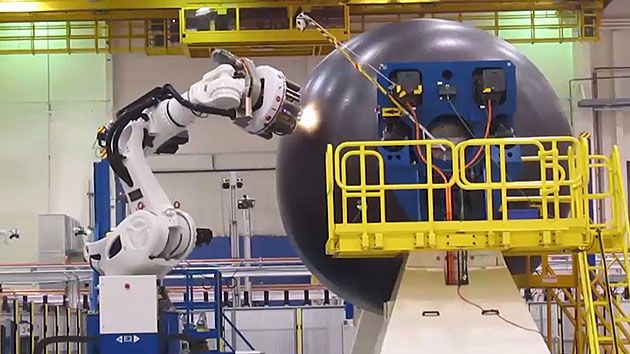The architectural design behind Japan’s new space research center is mind-boggling. The futuristic building will incorporate elements of spacecraft design, which emphasize light weight and high functionality.



Don’t be alarmed, it’s just the cops!
Gosh, they’re so lucky and we’re so jealous.

Richard Branson, the British billionaire who wants to transform air travel with supersonic jets, has put his sights on something decidedly more down to Earth: a passenger railroad.
Branson has agreed to make a small investment and lend the Virgin brand to Fortress Investment Group’s Florida railroad, the first privately-funded intercity passenger train to be built in the U.S. in more than a century.
The private-equity company’s Brightline, which currently operates high-speed service between Miami, Fort Lauderdale and West Palm Beach, will rename itself Virgin Trains USA this month and use the brand and Virgin’s “marketing expertise” for existing and future developments, the company said Friday in a statement provided to Bloomberg News.


Why You Want It: Apple gear is pretty much uniformly high quality. The AirPods are no exception, providing users with reliable Bluetooth connection, great sound, an ingenious charging case, plus those amazing looks. The problem is the cost. You spring for these Air Buds because they provide all of the features you get with the brand name, for a fraction of the price—especially on this current discount.
The Deal: A great deal at the $99 MSRP, you can currently buy these for just $36.99 after a 62% discount at the Inverse Shop.
Inverse may receive a portion of sales from the post above, which was created independently from Inverse’s editorial and advertising team.



